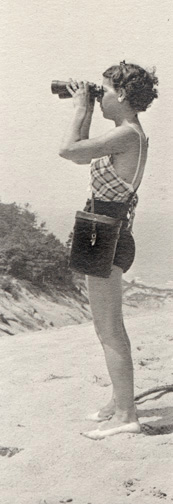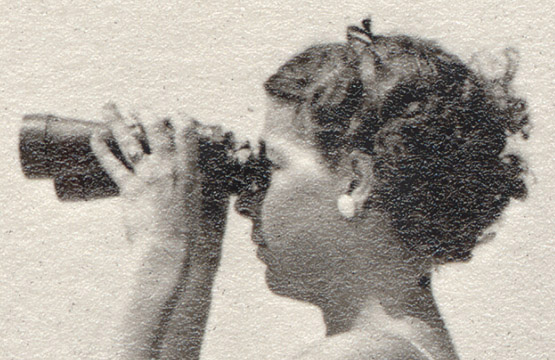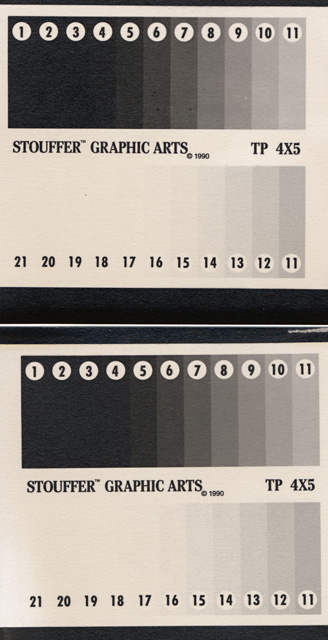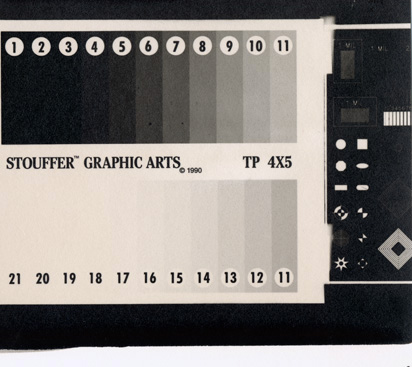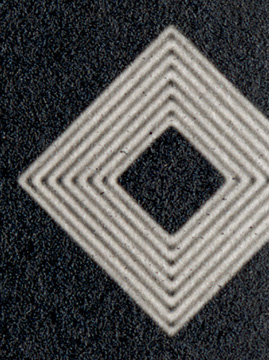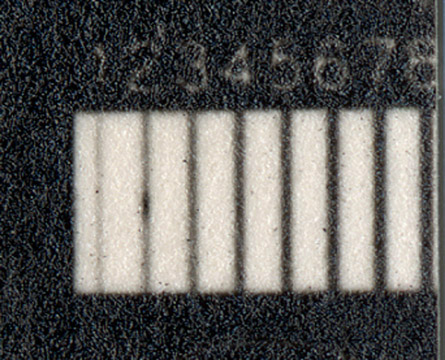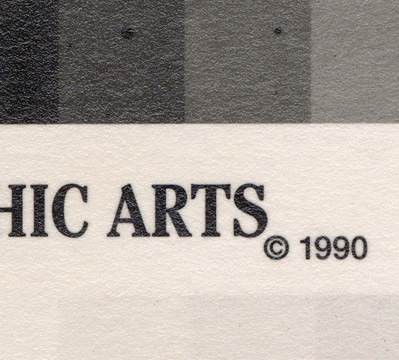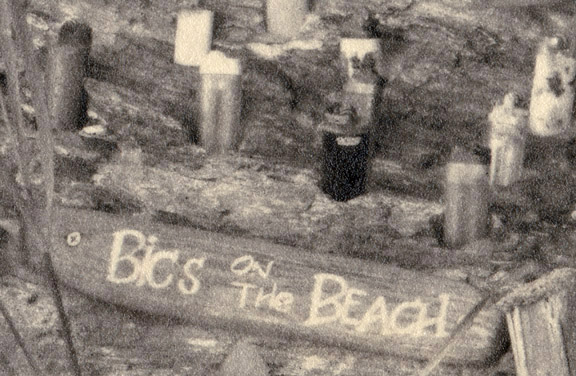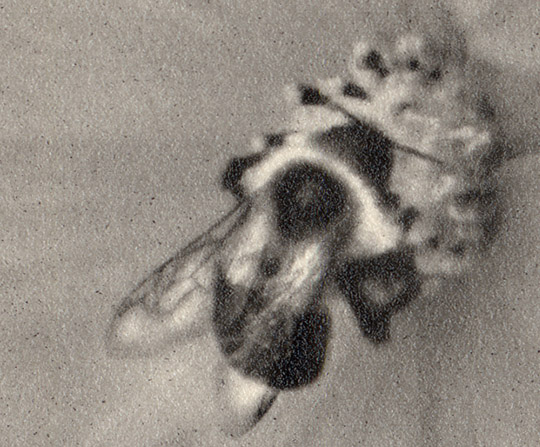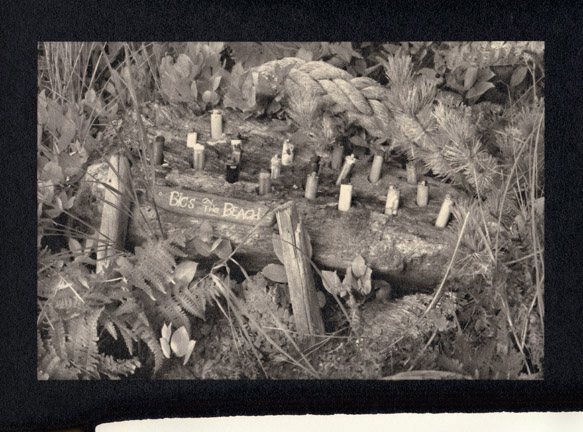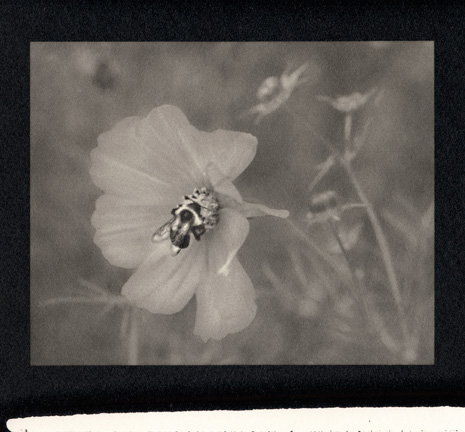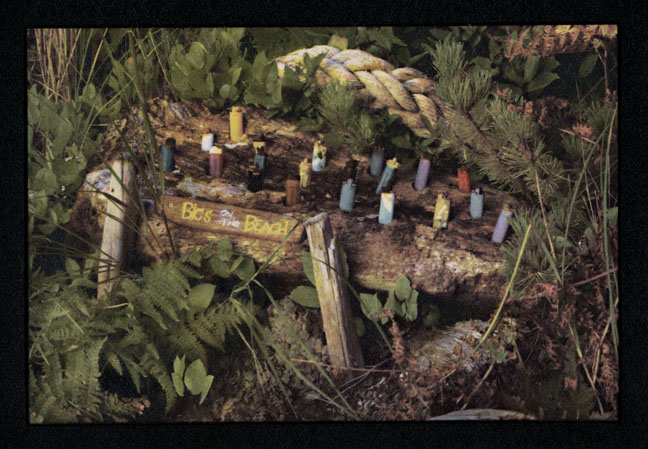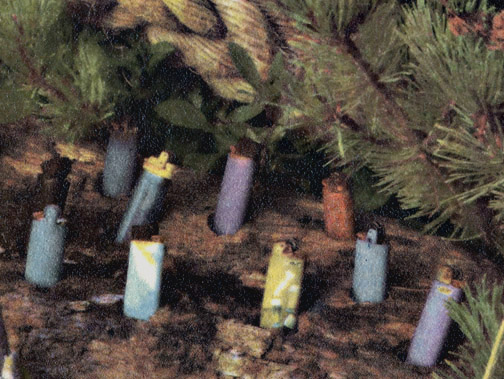|
Observations, conclusions, and
further questions
1) The emulsion bubbling in batch 2A didn't improve with the
elimination of Everclear. The only thing left to consider was the
glyoxal. Apparently, it can get too old. I replaced the
glyoxal in the small dropper bottle I use with fresh from the main
bottle for batch 2B. The dropper bottle had originally been filled
from the same main bottle, but the big bottle is stored in a dark, cool
cabinet and seems to keep better there, because 2B was much better,
although not perfect. I still ended up using a second hardening
fix. I won't know for sure if the problem is glyoxal until I can
get brand new fresh stuff. I'll order as small an amount as
possible. Big bottles are false economy of scale if glyoxal goes
bad with age.
This finding puts into question an observation I made a couple of
months ago when I started experimenting with different gelatins. I
used 300 bloom pig skin gelatin in a recipe. It gave brilliant,
crisp blacks but the surface of the prints developed tiny bubbles in an
acid stop bath. Changing to a plain water stop bath eliminated the
problem, so I decided there was a pH issue that needed chasing down.
Now, I don't know if aging glyoxal was coming into the picture.
I'll try the pig skin gelatin again when I get fresh glyoxal.
2) I added 1% KI to the first precipitation, and left it out of
the finals for 2A. I then added it as part of the finals in 2B —
to absolutely no discernable difference. KI use needs a very
intensive and extensive examination.
3) On 1A and 1B, besides a mild case of the peppers (mild
enough for me to consider them 'fairydust' — more about that
here), I thought I noticed a few black
spots. I had to look under a microscope to see them, and there
weren't very many, but unwelcome none the less. The only
thought I had on the cause was the Masu sea salt. I've had
the package I drew from open for a while. Natural sea salt doesn't
have additives to prevent clumping. It was harder to dissolve the
Masu than it had been when I first opened the plastic package.
I guessed that the silver was forming big black 'conglomerates' around
any sea salt clumps. For emulsion batch 2A/2B, I deliberately
didn't try to completely dissolve all the Masu. The
spotting and peppering was much worse. From the scan, it's hard to
see the peppering, but it's there. Easier to see is the black spot
at the base of the girl's neck.
| 